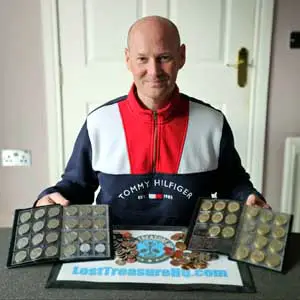Ultimate Beginner's Guide To Coin Collecting & Notaphily!
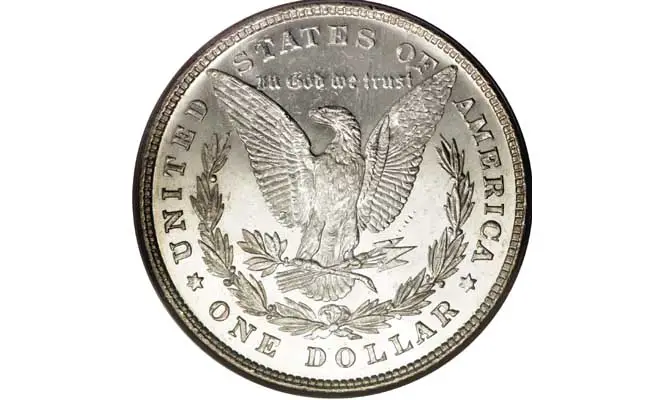
Coin collecting is an awesome hobby that you can share with your friends or family.
You can do it online through websites, social media and forums or you can do it offline through school clubs, local numismatics clubs or magazine subscriptions.
Coin collecting should be fun and exciting and without even thinking about it you can learn new organizational and analytical skills as well as increasing your knowledge in both history and geography.
If you build your collection carefully without spending too much money, it could become a very valuable asset someday should you decide to sell it.
Coin Collector or Numismatist?
You may have heard the term numismatics when learning about coin collecting. Are you a numismatist or a coin collector?
Well, you could be one or the other, or you could be both.
I would describe myself as a numismatic more than a coin collector, but I do collect coins, so I am both.
Numismatics is the study of coins, medals, currency, tokens, etc, whereas a coin collector is someone who just collects coins.
You may also have heard the term Notaphily which is the study and collection of banknotes or Federal Reserve Notes such as $20 bills, the 1995 2 Dollar Bill or 1995 5 Dollar Bill.
You might not know anything about coins or even have a system or strategy for collecting them, but just by throwing your lose change in a jar, you are considered a coin collector.
Which term describes you?
Another area of coin collecting I've recently started delving into is Cryptocurrency. I collect Bitcoin, Ethereum, XRP and few of the other major cryptocurrencies.
I created some tools and resources to help you get started too.
Why Collect Coins?

There are many reasons why you could be motivated to start collecting coins, but only do it if you feel passionate about delving into this hobby.
If you don’t have passion, you will probably lose interest and give up after gathering your first few coins.
People start collecting for all kinds of reasons which include financial, entertainment, new friendships, family inheritance and education. What's yours?
The main benefit to this hobby is the low cost of entry. Most hobbies require you to buy expensive pieces of kit up front to get started, but not numismatics.
You can literally start by sorting through the spare change in your pocket. Every single item in your pocket change has a story behind it just waiting to be discovered.
What Type of Coins Will You Collect?
Before you dive in, you should consider what type of collection you would like.
Some people only collect coinage from their own country such as US Quarters, whilst others may only collect ancient or medieval coins such as Greek, Byzantine or Roman pieces.
Let’s take a look at some common collection types:
Year/Date: Collect a coin from every year it was minted. For example, you could collect Lincoln Wheat Cents from 1909 to 1958. If you like investment, you could collect an American Silver Eagle bullion coin from 1986 to present.
Mint: Similar to collecting by year, collect by mint location. For example if you’re interested in Lincoln Wheat Cents, then collect by year and mint. So for the year 1920 you might have a wheat cent with a D (Denver) or S (San Francisco) mint mark. If it doesn’t have a mint mark it was minted in Philadelphia.
Type: Collecting coins based on their type. For example you could collect only US Quarters, British 50p pieces or 2 Euros.
Country: Only collect coins from a specific country of the world such as France, USA, Canada, UK, China or Australia.
Set or Series: Similar to the year or type is collecting a set or series. For example you could put together a set of commemorative US Quarters such as the 50 State or America The Beautiful series.
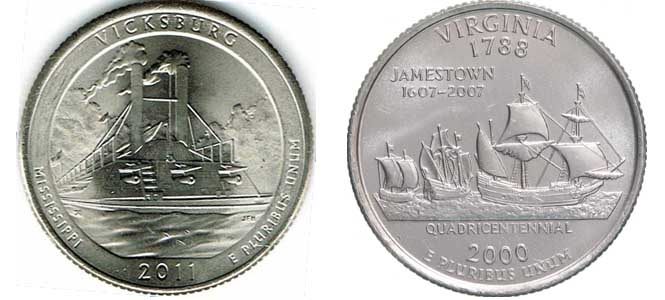
Do any of these ideas interest you? What do you like about coins?
Do you like the design, history, country, etc. Maybe you prefer valuable Wheat Pennies or Indian Heads.
Do you want coins that are inexpensive and easy to collect such as modern sets or series?
Are you more interested in long term investing by collecting gold or silver bullion? (Check out this collection of the most valuable US coins.)
What type of collection will you specialize in? I recommend starting with a commemorative series such as the 50 State Quarters program which ran from 1999 to 2008.
You can get started quickly and easily by just going to the bank and exchanging some money for a roll of quarters.
Sort through them and try and find all of the State Quarters. Return the rest to the bank and get another roll. Rinse and repeat until your collection is complete.
Get yourself an album to keep them in as you find them and you’re off to a great start.
You could even use the same technique for collecting pennies.
Have you ever wondered how much a roll of pennies weighs?
Learn How To Identify Your Coinage
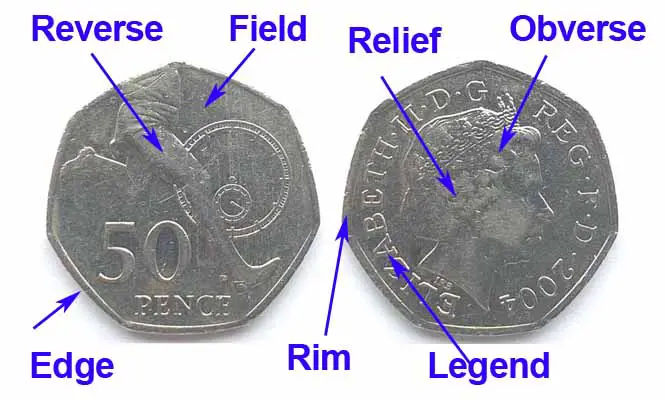
Heads or tails? The front of a coin, which is usually the head side, is called the obverse.
The back, which is the tails side, is called the reverse and the outer border is called the edge.
The edge can be plain, lettered, reeded or decorated with some other pattern.
Other areas of the coin to know about are the field, which is the flat surface, the relief, which is usually the raised area on the surface such as the head or design, and the rim, which is the raised part along the edge on each side of the coin that helps to protect the design from wear.
You also have the legend which is the main lettering on the obverse or reverse. Some coins, usually from the US, also have a mintmark on the obverse to show which mint was used to produce it.
How To Look After Your Coins
So now that you’ve started your collection, you need to know how to look after your coins.
You should handle and store your collection with care.
Storage
Good storage is important, especially when your portfolio starts to gain in value. You may even want to think about getting insurance and using a safe at home.
For really valuable collections, it might be worth renting a safe-deposit box at your local bank.
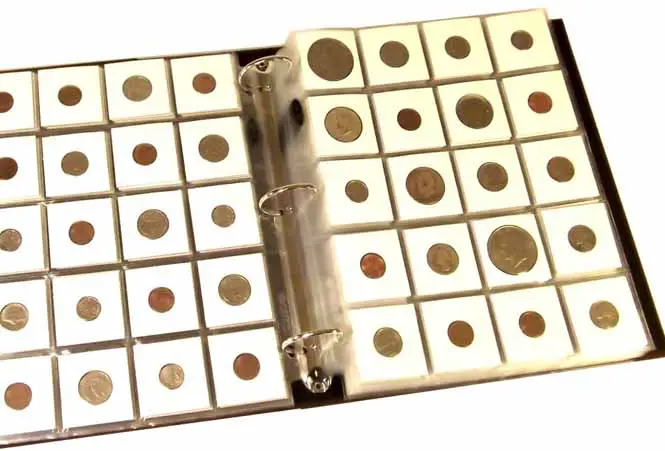
Most beginner collectors can store their coins in a dedicated album with PVC-free sleeves. You can also use plastic tubes or capsules.
It’s important to keep coinage cool and dry. Moisture and metal doesn’t mix well.
Handling
Use soft cotton gloves when handling your coins and only hold them by the edge. Try to avoid touching the face of the coin as they can scratch very easily.
If they come in a plastic holder, keep them in it. This is especially important if they have been uncirculated.
The gloves will prevent natural oils from your hands and fingerprints contaminating the coin’s surface which can be corrosive and damaging.
Also hold your coin over a soft surface such as a towel or rubber mat in case you drop it. Dropping it on a hard surface can result in dents and scratches around the edges.
Cleaning
It may be tempting to clean or polish your coins, but it isn’t a good idea and could potentially lower their value.
If you do need to clean a coin, for example, if you found it through metal detecting, use a mild soap and water.
Dry it gently using a patting motion. Rubbing or brushing the coin could cause minute scratches across its surface.
Tools and supplies
Here is a list of some tools and supplies that you may find useful for your numismatics hobby.
- Magnifying Glass
- Soft cloth or rubber mat to hold your coins over
- Soft Cotton gloves
- Plastic ruler
- Plastic holders or album
- Good lighting
How To Get Your Coin Collection Started
So after you’ve decided what type of coins you are going to collect, it’s time to get started.
For this example I’m going to assume you live in the US and are going to start collecting State Quarters.
Get Some Knowledge
Buy a book, magazine or search online for information about the type of coins you are going to collect.
This will allow you to discover as much as you can about what you’re going to collect before you start.
You can find out things like mintages, rarities, average values and common errors that exist.
This will also ensure you don’t overpay for a particular coin when the time comes to buy some for your collection.
Start Small
Have a look around your home for any discarded change. You might find some state quarters here.
Also ask any of your family members if they have any that you could have. They could even keep them for you when they're out shopping.
When you go shopping, always check your change for these commemorative quarters. You might get lucky and find a few this way.
If you want to get started quickly, go to the bank and exchange $10 for a coin roll of quarters.
Sort through these and pick out the State Quarters, then return the rest to the bank in exchange for another roll.
Handling & Storage
The best way to sort and store your coin collection is in a dedicated album. Go to the store or online and get an album dedicated to State Quarters. It should have a space for each of the 50 quarters and some also tell you information about them.
Try not to handle the quarters with your bare hands as you can get oil or grease on them that could discolor them over time.
This is not so important with circulated coins, but if you get an uncirculated quarter, you should definitely wear soft cotton gloves.
Set Yourself A Goal
For the example of State Quarters your goal would be to complete your album and collect all 50 quarters. One from each US state.
After you finish this collection, you could start another one. Maybe try America The Beautiful Quarters this time.
Buying Coins To Complete Your Collection
If you get to the stage where it is getting hard to find some of the coins for your collection, you could always try buying them.
Most people buy coins through auction sites such as Heritage Auctions or USA Coinbook.
As State Quarters are modern coins, you can still buy them directly from the US Mint website.
Other places to buy coins online include eBay and Amazon.com.
Join A Club
Clubs and forums are a great way to meet like-minded individuals who also share a passion for numismatics.
They can be local gatherings or online based and offer you the opportunity to share knowledge or make swaps.
US Coins
Half Cents
- Liberty Cap (1793 - 1797)
- Draped Bust (1800 - 1808)
- Classic Head (1809 - 1836)
- Braided Hair (1840 - 1857)
Large Cents
- Flowing Hair (1793)
- Liberty Cap (1793 - 1796)
- Draped Bust (1796 - 1807)
- Classic Head (1808 - 1814)
- Coronet Head (1816 - 1839)
- Braided Hair (1839 - 1857)
Small Cents
- Flying Eagle (1856 - 1858)
- Indian Head (1859 - 1909)
- Lincoln Wheat (1909 - 1958)
- Lincoln Memorial (1959 to 2008)
- Lincoln Bicentennial (2009)
- Lincoln Shield (2010 to present)
Two & Three Cents
- Two (1864 - 1873)
- Three Silver (1851 - 1873)
- Three Nickel (1865 - 1889)
Half Dimes
- Flowing Hair (1794 - 1795)
- Draped Bust (1796 - 1805)
- Capped Bust (1829 - 1837)
- Liberty Seated (1837 - 1873)
Nickels
- Shield (1866 - 1883)
- Liberty (1883 - 1913)
- Buffalo (1913 - 1938)
- Jefferson (1938 to Date)
Dimes
- Draped Bust (1796 - 1807)
- Capped Bust (1809 - 1837)
- Liberty Seated (1837 - 1891)
- Barber (1892 - 1916)
- Mercury (1916 - 1945)
- Roosevelt (1946 to Date)
Twenty Cents & Quarters
- Twenty Cent (1875 - 1878)
- Draped Bust Quarter (1796 - 1807)
- Capped Bust Quarter (1815 - 1838)
- Liberty Seated Quarter (1838 - 1891)
- Barber Quarter (1892 - 1916)
- Standing Liberty Quarter (1916 - 1930)
- Washington Quarter (1932 - 1998)
- Washington 50 States Quarters (1999 - 2008)
- Washington D.C. and U.S. Territories Quarters (2009)
- Washington America the Beautiful Quarters (2010 - 2021)
Half Dollars
- Flowing Hair (1794 - 1795)
- Draped Bust (1796 - 1807)
- Capped Bust (1807 - 1839)
- Liberty Seated (1839 - 1891)
- Barber (1892 - 1915)
- Walking Liberty (1916 - 1947)
- Franklin (1948 - 1963)
- Kennedy (1964 to Date)
Dollars
- Flowing Hair 1794 - 1795)
- Draped Bust (1795 - 1804)
- Gobrecht(1836-1839)
- Liberty Seated (1840 - 1873)
- Trade (1873 - 1885)
- Morgan (1878 - 1921)
- Peace (1921 - 1935)
- Ike Eisenhower (1971 - 1978)
- Susan B. Anthony (1979 - 1999)
- Sacagawea (2000 to Date)
- Presidential (2007 to Date)
- American Innovation (2018 - 2032)
British Coins
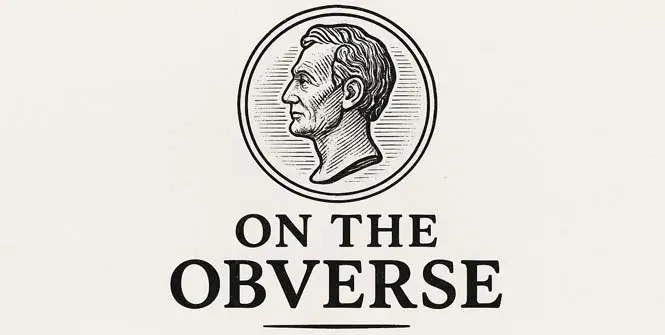
Would You Like To Receive More Exciting News And Information About Coin Collecting Direct To Your Inbox?
Enter your email address below, check the boxes and click Send It To Me! now to get your FREE copy of On The Obverse newsletter.
